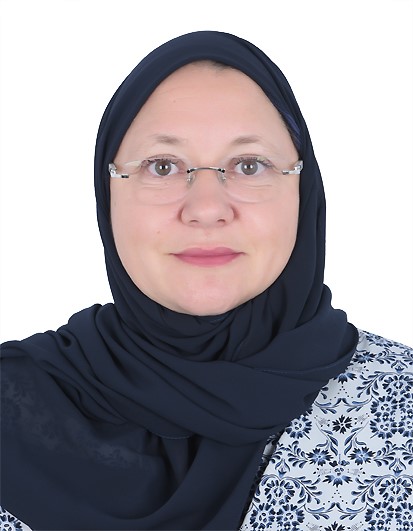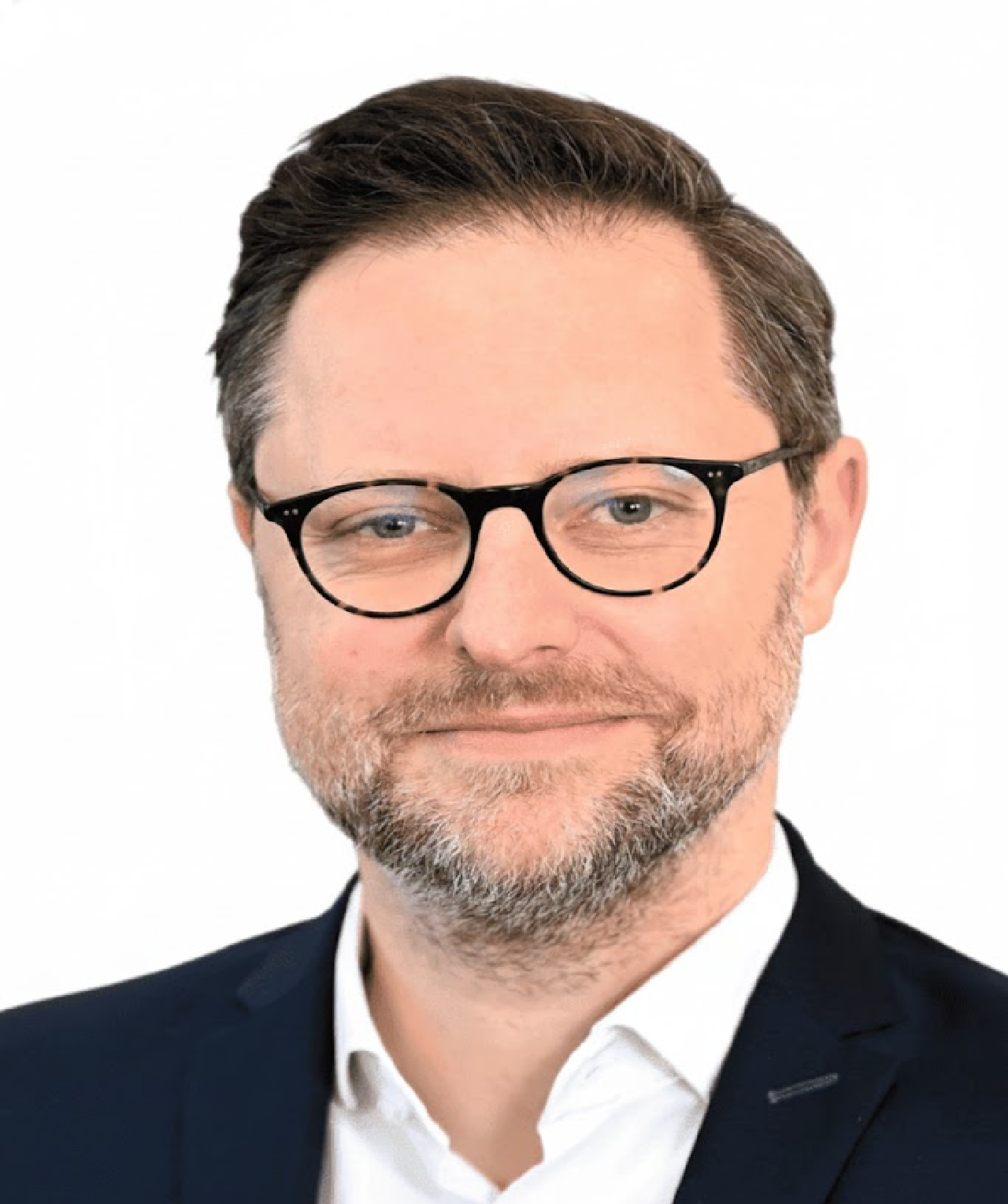GCC-Sub-Saharan Africa Economic Relations: Energy, Mining, Infrastructure, and Food Security
This workshop examines the multidimensional relations between the countries of the Gulf Cooperation Council (GCC) and Sub-Saharan African states with a focus on key sectors such as energy, mining, infrastructure, and food security. By analyzing various concepts and strategies underpinning Gulf engagement in Africa, the workshop seeks to unpack the multiple dimensions of energy diversification, infrastructure development including ports, railw ...
Abstract
This workshop examines the multidimensional relations between the countries of the Gulf Cooperation Council (GCC) and Sub-Saharan African states with a focus on key sectors such as energy, mining, infrastructure, and food security. By analyzing various concepts and strategies underpinning Gulf engagement in Africa, the workshop seeks to unpack the multiple dimensions of energy diversification, infrastructure development including ports, railways, and aviation, agricultural initiatives, and mining activities. It argues that these engagements are driven by both geoeconomic and geopolitical imperatives.Furthermore, the workshop contributes to academic and policy-oriented debates on agency in Gulf-African relations by offering deeper insights into concrete partnership models, asymmetric power dynamics, instruments of power projection, and mechanisms of mutual leverage. Central to this inquiry is the notion of dual agency defined as the projection of influence by Gulf actors, alongside the strategic recalibration of external partnerships by African states in pursuit of sovereignty and enhanced economic opportunity.Bringing together early-career and senior researchers from the Gulf region, Sub-Saharan Africa, and the international scholarly community, this workshop aims to provide a nuanced and differentiated perspective on this complex and contested topic. Through the presentation of concrete case studies at bilateral, minilateral, multilateral, and non-state levels it seeks to critically engage with the concept of geoeconomic statecraft, or economic diplomacy. In doing so, it draws upon new qualitative and quantitative data concerning investments, development projects, key actors and networks, as well as local perceptions and assessments of these engagements.
Description and Rationale
Context
In the context of an increasingly multipolar and fragmented international order, the relationship between the GCC states, particularly Saudi Arabia, the United Arab Emirates (UAE), and Qatar, and Sub-Saharan Africa has developed into a dynamic, complex, and multidimensional partnership. These evolving ties are shaped not only by the proactive strategies of the Gulf states but also by the growing, deliberate, and coordinated agency of African actors, who seek to balance competing interests, enhance strategic leverage, attract investment, and foster business development. As a result, the concept of agency has emerged as a central analytical lens in understanding Gulf-African relations, especially in the domains of energy, investment, minerals, and food security.
In the current landscape of intensifying global competition for markets, partnerships, and geopolitical influence, both Sub-Saharan African and Gulf countries are presented with distinct opportunities to assert greater agency and negotiate more favorable terms of engagement. Within this framework, economic diversification and geoeconomic statecraft constitute the core of the Gulf's strategic outreach to Sub-Saharan Africa.
The UAE is the most economically embedded Gulf actor in Africa. Between 2019 and 2023, it invested over USD 110 billion, primarily in ports, agriculture, mining, energy, and ICT infrastructure. This accounts for approximately 60% of all Gulf capital inflows into East Africa and positions the UAE as the fourth largest source of foreign investment in Africa overall, trailing only the European Union, China, and the United States. Through firms like DP World, Masdar, and AMEA Power, the UAE leads in renewables, data infrastructure, and port operations, particularly in Kenya, Ethiopia, Angola, and Senegal. In total, DP World and the Abu Dhabi Ports Group have been involved in operating over 30 port infrastructures across the continent since 2006 and have signed agreements with other port companies such as the UK-based CDC Group or the Indian Adani Ports. In the energy sector, companies such as Dubai-based AMEA Power, Abu Dhabi-based Masdar, and the Egyptian-Emirati joint venture Infinity Power have been key drivers of renewable energy expansion in Africa. In the minerals sector, Emirati investments aim to extract resources for the development of an emerging AI industry. Saudi Arabia is a more recent entrant but is rapidly scaling up its geoeconomic engagement in Sub-Saharan Africa. In contrast to the UAE, Saudi investments are more concentrated and transactional, with a primary focus on sectors like mining and agriculture which are essential for the kingdom’s long-term economic transformation and food security. From 2004 to 2014, the Gulf countries invested over USD 30 billion in this sector, including Saudi Arabia’s acquisition of more than 2 million hectares of farmland under the King Abdullah Initiative, with 124,000 hectares located in Ethiopia. Finally, Qatar’s economic approach is targeted but cautious, emphasizing aviation, infrastructure, and finance. As one of the largest exporters of liquified natural gas (LNG), Qatar considers Africa an interesting market for LNG exports. Furthermore, Qatar is heavily invested in the African aviation sector as indicated in Rwanda.
Despite differing strategies, all Gulf states view Sub-Saharan African countries as economic partners and not merely as recipients of aid. Nevertheless, structural asymmetries remain. Gulf investments often prioritise extractive or logistics-based infrastructure, replicating patterns of resource movement that could be branded as “exploitative” in the future. African states must respond not with rhetorical demands, but with strategic conditionality – embedding investment within national industrial plans, mandating technology transfers, and insisting on labour protections.









